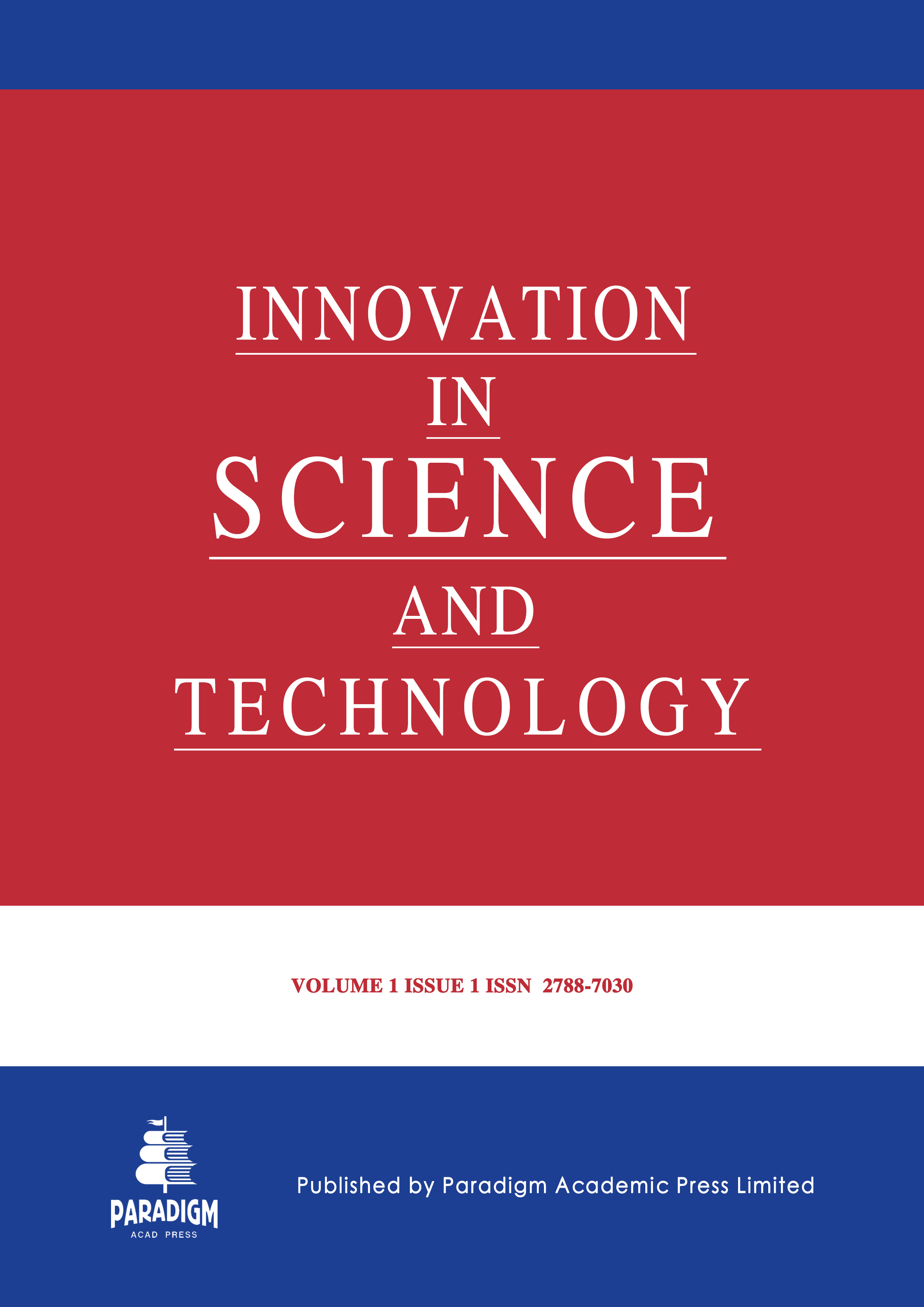Review of the Processing Parameters of the Plasma Electrolytic Oxidation on Titanium Alloys for Biological Application
Keywords:
calcium phosphate, biocompatibility, osseointegration, plasma electrolytic oxidation, titanium alloys, implantsAbstract
Recently, calcium phosphate (Ca-P) based composites, such as hydroxyapatite (HA) and carbonate apatite (CA), have gained attention as desirable bioactive coatings. These coatings have the power to improve implant materials’ biocompatibility and speed up the process of osseointegration between the implant and host bone. Moreover, bioactive layers are formed when titanium implants oxidize in solutions containing calcium and phosphorus compounds, which greatly shortens the time needed for implant osseointegration. Furthermore, the characteristics of PEO coatings on titanium and titanium alloys are largely dependent on the electrolyte’s composition, additives, temperature, and electrical factors. This paper focuses on how PEO coating of pure titanium and other biomedical-grade titanium alloys is affected by electrolyte’s composition, additives, temperature, and electrical parameters (power source, frequency, voltage, oxidation duration, and current density). Importantly, these traits can alter the ultimate form, composition, and crystal structure of the coating. This review emphasizes the significance of the PEO procedure, current advancements, and potential areas for further research. By gaining a more profound comprehension of the components of bioactive coatings, scientists can enhance their efficiency in orthopedic and dental implants, thus streamlining the production process.


